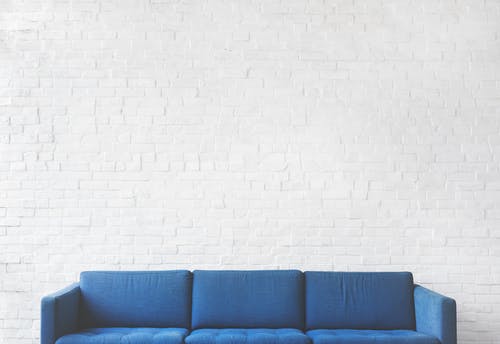Water damage is an issue that most homeowners would want to avoid at all costs. It isn’t easy to clean up and might remain in the construction materials for days if it isn’t thoroughly dried. In addition to weakening the flooring and walls, flood water may also jeopardize the house’s structural stability.
Hiring a water damage repair firm is the best option in these situations since it ensures that water cleaning is completed before any expensive damage can be done. In addition to being unsightly and costly, mold is one of the most irritating adverse impacts of water damage. Once the water has been removed, mold prevention steps should be taken.
Mold Growth Prevention
Mold may also spread as water evaporates into the air, particularly during rainy or humid weather. This is why removing water damage as soon as possible is so important. In addition to using the services of a water damage repair firm, the following pointers may assist reduce damage and avoiding the growth of mold.
1. Clean and dry flooded areas immediately.
You must act quickly if your property has been harmed by water. The longer water lingers, the more difficult it is to restore the damage. After a flood, don’t put off cleaning your house for longer than 48 hours.
As soon as you’ve located any flooded places, go to work cleaning and drying them out. Use a vacuum cleaner first to dry any damp rugs or carpets on the floor. To finish the drying process, a fan may be used. Once the rug is dry, you may also use a steam cleaner. To immediately fix the problem, you can search for a trusted property restoration company and visit their contact page to get in touch with them right away.
2. Dehumidify the house.
Mold growth may occur shortly after a flood or storm when there is a high concentration of moisture in the air. You must maintain your home as dry as possible to avoid the growth of mold. Turn on all the fans and open the windows in your house, and then use a dehumidifier to keep everything nice and dry.
You may use a humidity monitor to keep an eye on the humidity levels in your home. It should be less than 60% in the summer and 25 to 40% in the winter. For more detail, you can search the web and read about the services of a water restoration firm.
3. Check your home’s exterior.
Apart from inspecting the inside of your property, you must also check the outside of your home. Pooling water near foundations may lead to cracks and mold development, so be on the lookout for it. Adding a french drain or extending the length of your downspouts are all viable options for preventing pool water from building up.
4. Throw away things you can’t clean.
There are particular objects that can’t be cleaned and dried thoroughly. Some devices, for example, are rendered inoperable if they get soggy. However, before you throw anything away, make sure your insurance claim includes all of these things. You need to keep in mind that you’ll require proof of all the damage to your items before your claim will be accepted.
5. Sanitize everything.
After cleaning, all water-damaged furniture and places must be thoroughly sanitized. You may use either a wet and dry vacuum cleaner or a steam cleaner to clean your bed, couch, and other pieces of furniture. Sanitize flat surfaces like floors and walls by wiping them down with a solution of water and chlorine bleach after first cleaning them with soap and water. Surfaces like these are less likely to harbor harmful bacteria.

